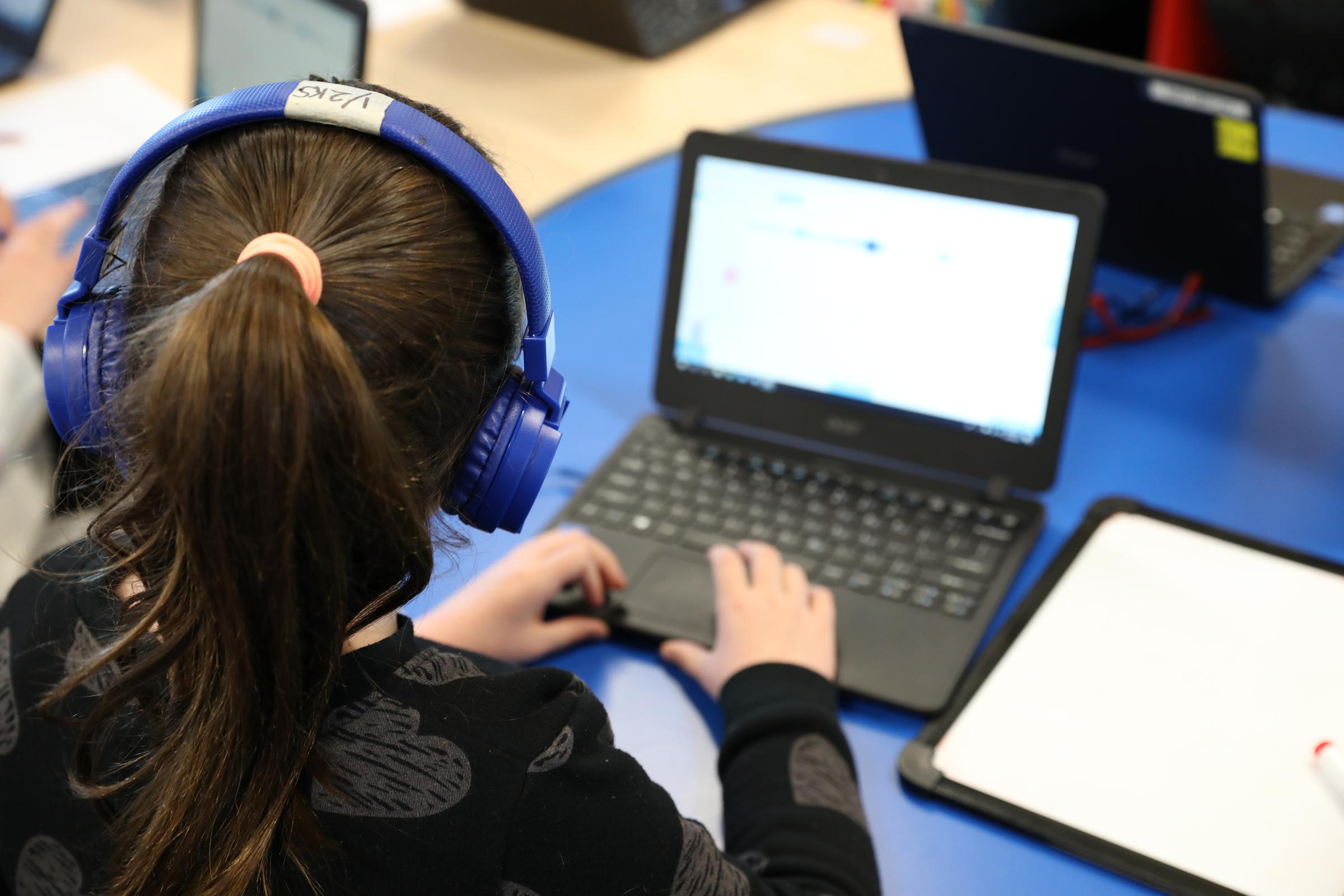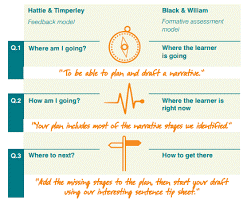Remote Learning - Assessment and Feedback
Using research to maximise our impact

Remote Learning - Assessment and Feedback
Using research to maximise our impact
As we enter into our second round of Remote Learning, we continue to look for ways to improve our Teaching and Learning processes.
The research is clear: effective feedback practices can greatly improve student learning outcomes and the way in which it is given and acted upon is something we are deeply committed to getting right. This work has formed a large part of our teachers' professional development this year.
‘It’s the quality of the feedback rather than its existence or absence that determines its power.’ Stiggins et al (2004)
As a school, we know we are on the right track. Teams are consistently providing Learning Intentions and Success Criteria which aim to make the path to learning clear. These also provide a framework for specific feedback; meaning teachers can help students to see what they have achieved and look at ‘where to next’.
Professor John Hattie explains that feedback has the greatest impact when teachers seek out and utilise feedback from students regarding their understanding, engagement, misconceptions, etc.


The challenge throughout Remote Learning has been the removal of the natural classroom environment, where verbal discussions regularly take place as a whole class, in small groups or 1:1. In these instances, feedback is timely, students are involved and they learn from one another. Although some written feedback is given, we recognise that this is not always as immediate or impactful.
Moving into Term 3 we will be working towards a model where feedback is increasingly given face to face; involving students in discussions about their learning, clearing up misconceptions and helping them to move forward. Whilst Remote Learning makes this process very challenging, teachers are exploring ways to do this through more regular 'Google Meet' sessions.
With this increasing focus on verbal feedback sessions you may notice that your student is receiving less written feedback on SeeSaw and Google Classroom. This is a conscious choice by the school - we want our teachers to focus their time and energy on the actions which will have the greatest impact on student learning and a face to face learning discussion will always be a more powerful tool than a brief written comment.
At times you may notice that a piece of work does not receive a comment from the teacher. This does not mean that they have not viewed and assessed the work.
To find out more visit:
https://www.edutopia.org/blog/tips-providing-students-meaningful-feedback-marianne-stenger
https://visible-learning.org/2013/10/john-hattie-article-about-feedback-in-schools/